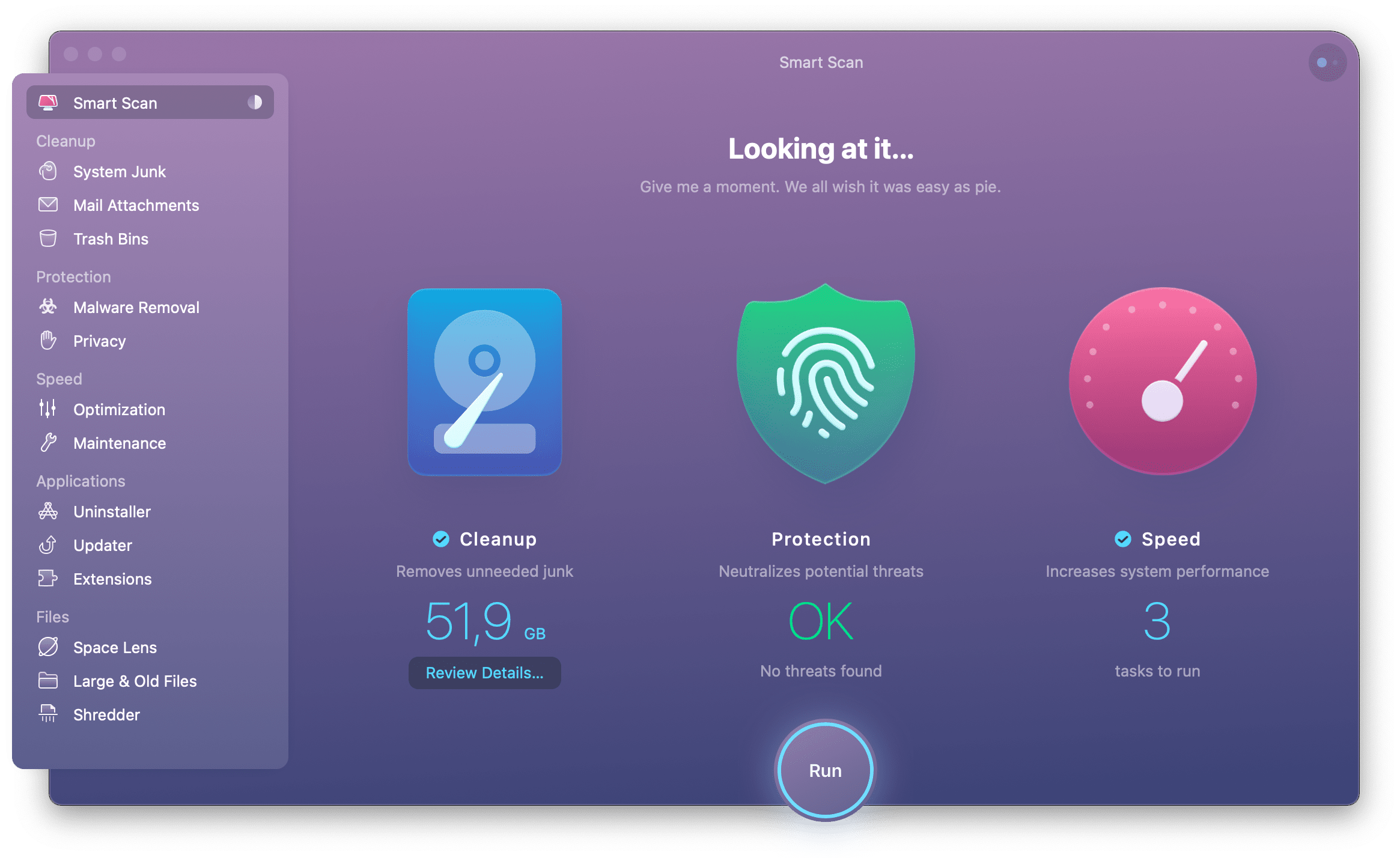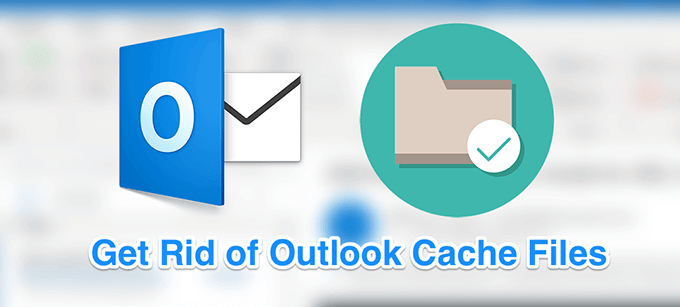Resolved: Outlook Mac Keeps Asking for Credentials
The system will search for items that pertain to the categories you selected. If it finds any items, you will be prompted to remove them. Click Remove All to delete the information. To finish, click Close. If you are prompted to save the document changes when you close the file, click Save. For more information, see the Microsoft support page.
Alvina Gupta ❘ August 8th, 2019
- Go to your hard drive that contains MS Office, and go into the Users folder, open the folder of the user with a corrupted office cache. Go to AppData - Local - Microsoft - Office, and then open the version folder with the corrupted cache (typically, there is only one version folder). Find the folder called 'OfficeFileCache', and delete it.
- Remove Office Apps from Dock: Mac Dock is known as the launching pad for different kinds of applications in the Mac. It works just like like Windows taskbar but it has animations. It allows you to open the apps that you frequently use with just one click. To completely remove MS Office from Mac the last piece of the puzzle is removing the.
Are you looking for a solution to fix Outlook Mac keeps asking for credentials? If yes, then your search ends here as through this blog, I will be explaining some effective methods to resolve this issue. So, here we go.
Many at times it happens that when Mac Outlook users enter the credentials while making a connection with Office 365. It stops the authentication process and keeps asking for the password again and again.

This issue occurs in Mac Outlook because of corruption in the Keychain Access program. It is a default application in Mac and saves the information of email account login. So, whenever the issue arises in Keychain Access, Outlook 2016 for Mac Keeps asking for password office 365.
Why does Outlook 2016/2019 Asks for Password
It is evident from above that the reason behind this situation is Keychain Access password. Keychain Access is an inbuilt feature of macOS that store and saves all the Mac-based applications.
Due to unexpected reasons, Keychain Access can be easily damaged or corrupted and it will disturb the Mac users in several ways. Similarly, in Mac Outlook, multiple duplicate tokens will generate in Keychain. It will lead to a complex situation and confuse with the authentic credentials. As a result, it forgets the original password and keeps asking for it. That’s why Outlook 2016/2019 Mac keeps asking for a password.
Fix Outlook 2016 For Mac Keeps Asking Password of Office 365 Account
To troubleshoot this problem, you need to delete any cached passwords for your account, and also delete any authentication tokens from the keychain. To do this, follow the steps given below:
- First of all, you need to quit Outlook and all other Office applications.
- Now, start Keychain Access by using one of the following methods:
- Click on the Finder application, click Utilities on the Go menu, and then double-click Keychain Access.
- Under Spotlight Search, type Keychain Access, and then double-click Keychain Access in the search results.
- In Keychain Access, enter Exchange in the search field.
- Under the search result, select each item to view the Account that’s listed at the top, and then click Delete. You have to repeat this step to delete all items for your Exchange account.
- Inside the search field, enter adal.
- Then, select all items whose type is MicrosoftOffice15_2_Data: ADAL:<GUID>, and then click on the Delete button.
- Under the search field, type office.
- After that, select the items that are named Microsoft Office Identities Cache 2 and Microsoft Office Identities Settings 2, and then click Delete.
- Now, Quit Keychain Access.
If you are not comfortable using Mac Outlook then you can Convert Mac Outlook OLM files to Windows Outlook PST in order to access emails on Windows.
Conclusion
As of now, you must be aware of the fact that Keychain Access is one of the dynamic features of mac OS. By using this, there is no need to remember each and every password. But due to the generation of some duplicate tokens in Key chain, Outlook Mac keeps asking for credentials. Hence, in this article, I have provided a method to resolve this issue. Hope it helps.
Realted Post
Warning: Do not use this method with OneDrive (consumer) in Windows 10
After moving a client to Office 365, he started moving files into OneDrive. He tried to add some super large files that were too large to sync, which created sync errors that annoyed him. While you can disable error reporting in the Office Document Upload Center and resolve errors in the OneDrive apps, if you can’t fix the problems using those methods, you can clear the OneDrive caches and re-sync.
Unless otherwise stated, “OneDrive” refers to either/or OneDrive consumer or OneDrive for Business.
Before you do anything, make sure you have a local backup of the OneDrive files. If the files aren’t synced up, they will be lost when you clear the cache. You can back them up by moving the files to a new folder… because you will need to empty the OneDrive folder and allow it to resync after clearing the cache.
The cache is stored in folders under the local app data path, at C:UsersDianeAppDataLocalMicrosoftOffice. (The shortcut is %localappdata%microsoftoffice. Type or paste it into the address bar of Windows Explorer and press Enter to open the folder.)
You’ll need to delete the Spw (used by OneDrive for Business) and the OfficeFileCache folders (Office Document Upload) under your Office version number (This is the folder path in Office 2013's: C:UsersusernameAppDataLocalMicrosoftOffice15.0OfficeFileCache)
Close all Office applications, including OneNote and the OneNote Tool. Open Task Manager (you can open Task Manager by pressing Ctrl+Shift+Esc or right-click on the Task bar and choose Task Manager). Check the processes for the following applications. If any are still running, End them one-by-one. (Select the tasks process then click the End task button.)

csisyncclinet.exe
excel.exe (Microsoft Excel)
groove.exe (Microsoft OneDrive for Business)
msosync.exe (Microsoft Office Document Cache)
msouc.exe
onenote.exe (Microsoft OneNote)
onenotem.exe (Send to OneNote tool)
powerpnt.exe (Microsoft PowerPoint)
sysdrive.exe (OneDrive Sync Engine)
winword.exe (Microsoft Word)
Tip: in Windows 8 and above, if you don’t see a large list of processes and tabs, click More Details at the bottom of the dialog. Right-click on the Name header (on the Processes tab). Choose Process Name, then sort by that column.
Clear Microsoft Office Font Cache Mac
Verify the OneDrive folder is empty.
Delete Microsoft Office Cache Mac Catalina
If your account has Windows Administrator permissions, you can delete the contents of the Spw and OfficeFileCache Folder from Windows Explorer. If not, you’ll need to use the Command Prompt.
On the Start screen (or in Start search in Windows 7) type cmd. When Command Prompt or cmd.exe appears in the results, right-click on it and choose Run as Administrator.
Using the command prompt, delete the Office 2013 file cache and Spw and OfficeFileCache folders by issuing the following commands. (Change the version number to match your version.)
Type cd %localappdata%MicrosoftOffice15.0 and then press the Enter key.
Delete Microsoft Office Cache Mac Pro
Type rmdir OfficeFileCache /s and then press the Enter key.
Type cd %localappdata% MicrosoftOffice and then press the Enter key.
Type rmdir Spw /s and then press the Enter key.


Sync the library again.
Note: if you get an error when executing either rmdir command, one of the .exe processes is probably still running. Go back to the Task Manager and stop the process then retry.
